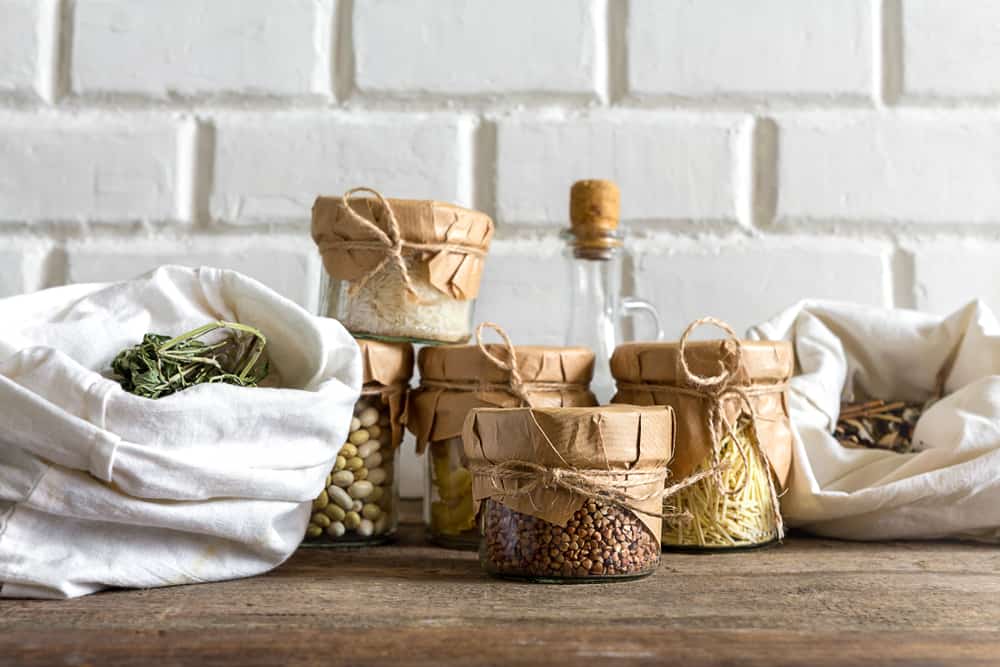
Out of all rooms in the home, it is the kitchen that collects more than its fair share of plastic.
Waste comes in the form of bagged fruits, vegetables and staples. It arrives to your home via plastic cups, containers, sponges and brushes. And it often seems that there is no end in sight!
“More than 8 million tons of plastic are dumped in our oceans every year.”
Yet, we are the ones who are in control of buying and spreading the mess. For the sake of a sustainable future, it’s high time we start thinking about and acting on, a disposable-free lifestyle.
Luckily, the kitchen is the easiest place to get started on your plastic-free and zero-waste journey.
Eco-friendly and sustainable substitutions abound and are becoming more plentiful every day, as people are reaching a greater place of concern for the environment.
The goal of going plastic-free, whether in the kitchen or the entire household, is not something that needs to be achieved overnight.
In fact, it is better to go slow and use wisely what you already have, rather than invest in a whole new zero-waste replacement set.
The all-or-nothing approach can be detrimental to both you and the earth.
Personally, it can be overwhelming to eliminate all traces of plastic. Earth-wise, what can you do with all the non-recyclable plastic that has already been created?
If you make plastic-free lifestyle changes simply and subtly, you’ll achieve a plastic-free kitchen in no time.
Simple steps to create a plastic-free kitchen
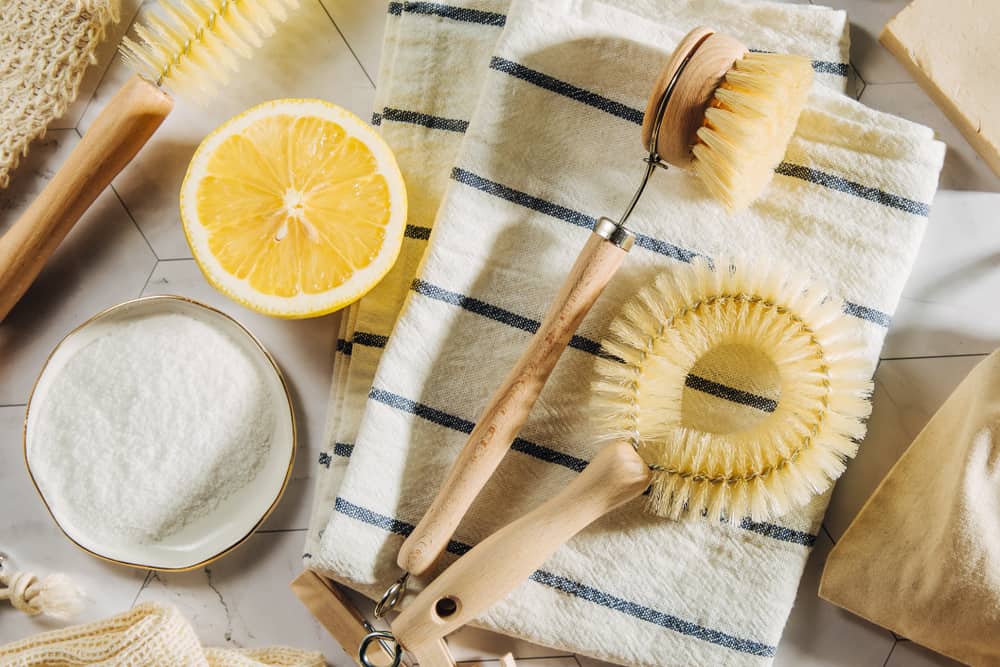
In the process of creating your plastic-free kitchen (and in time, your entire home!), you’ll find that the task ofdeclutteringcomes along naturally.
Out with the old, and in with the new – or rather, a return to the ways of old.
In order to move forward into a sustainable future, we must take back the best parts of the past that worked really well. At the same time, we need to set the idea of “costs” aside and begin to look at quality and longevity over quantity.
Reusable, non-plastic items are becoming easier to find, as more people are reaching a pivotal environmental awareness.
As you start to replace plastic items with sustainable options, you’ll be able to rediscover the beauty of natural materials such as:
- glass
- wood
- metal
- ceramic
- natural fibers (organic cotton, hemp, linen)
Boldly get rid of plastic in the kitchen and let it in no more!
1. Jars, Jars and More Jars
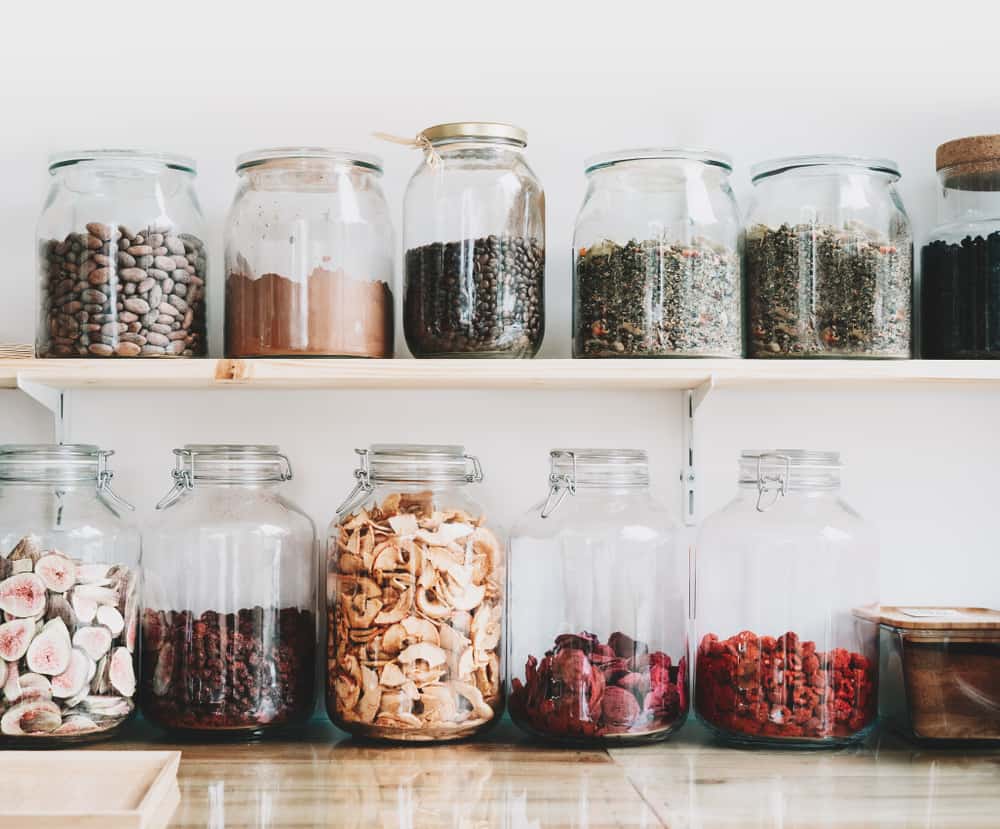
Storage is always the first thing to think about when reordering your kitchen to eco-standards.
Chances are good, that over the years you have collected Tupperware, Ziplock products or other plastic “essentials” – now is the time to remove them, for good.
As much as plastics have enhanced our lives, they still contain additives, such asphthalates and BPAs, which can be harmful to us, our pets and all life in between.
Many plastic items are not only dangerous when heated up, they also pose problems for storing water.
There are plenty of non-plastic answers for any storage problems.
Ball wide-mouth mason jars are the quintessential item on the top of any plastic-free kitchen list. Popular as they are, they are but one brand.
Any old glass jars will do, provided they are thoroughly clean and dry. And for a zero-waste kitchen, jars of all sizes and shapes are important.
Use them to store your spices and dry goods. Of course, you can fill them withjamsand pickles from your adventures incanning and preservingtoo.
For more ideas take a look at21 Brilliant Ways to Reuse Glass Jarsand15储藏室主食你存储错误——如何to Store Dry Goods to Save Money & Preserve Flavor.
2. Plastic-free Mixing Bowls
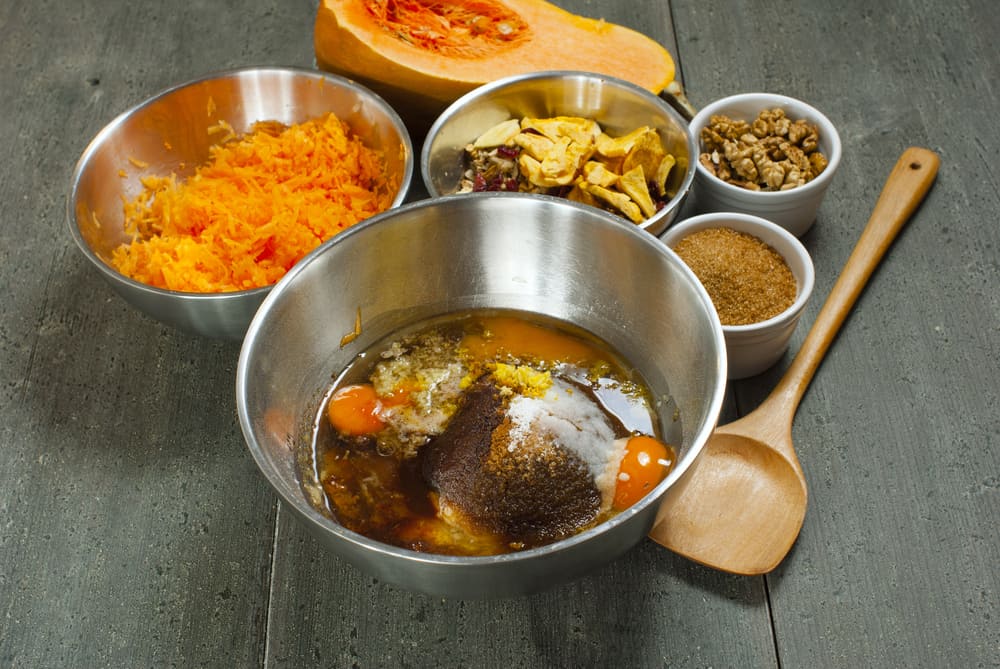
While plastic has the advantage of being lightweight, stainless steel and ceramic bowls provide a solid surface for whipping, folding and mixing the best of everything.
But not all bowls are made for the same thing.
Stainless steel bowls are far better than glass or plastic for whipping egg whites or heavy cream, though they may get dented over time – this only gives them more character!
像坛子,一定要有足够的plastic-free mixing bowls in a myriad of sizes for your cooking needs.
3. Cloth Napkins
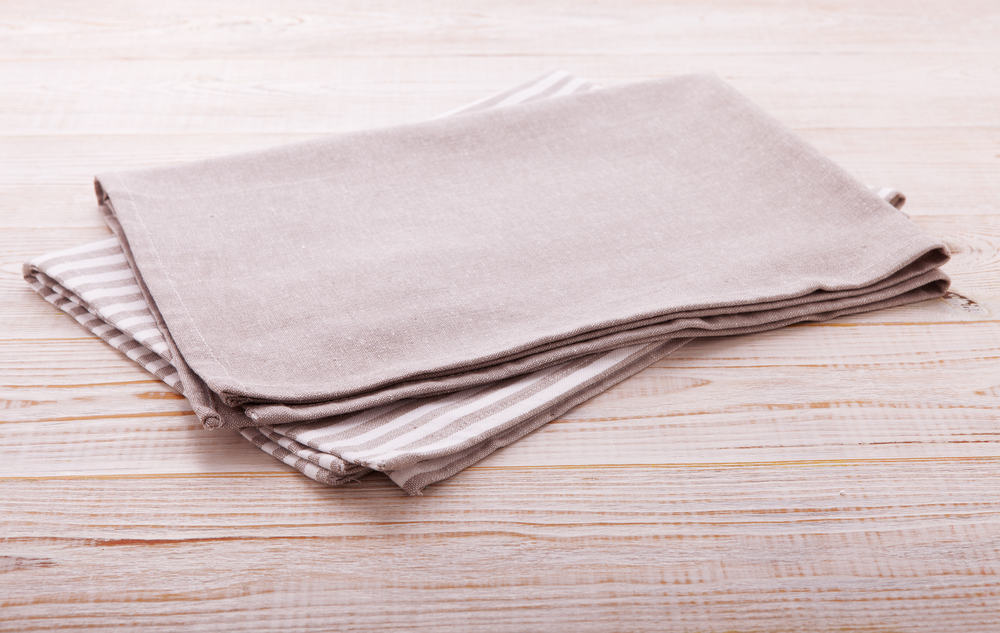
In the pursuit of both a plastic-free and zero-waste kitchen, the usage of paper towels is bound to arise. Not because of the plastic, but because of the potentialinks, dyes, chlorine bleach, adhesives and formaldehyde found in paper towels.
You don’t really want that touching your food!
How about investing in cloth towels and napkins instead? Not only are they washable and made from sustainable fibers (hemp, cotton, linen), they can also be handmade too, making them a truly special item in your plastic-free kitchen.
4. Reusable Cloth Bags
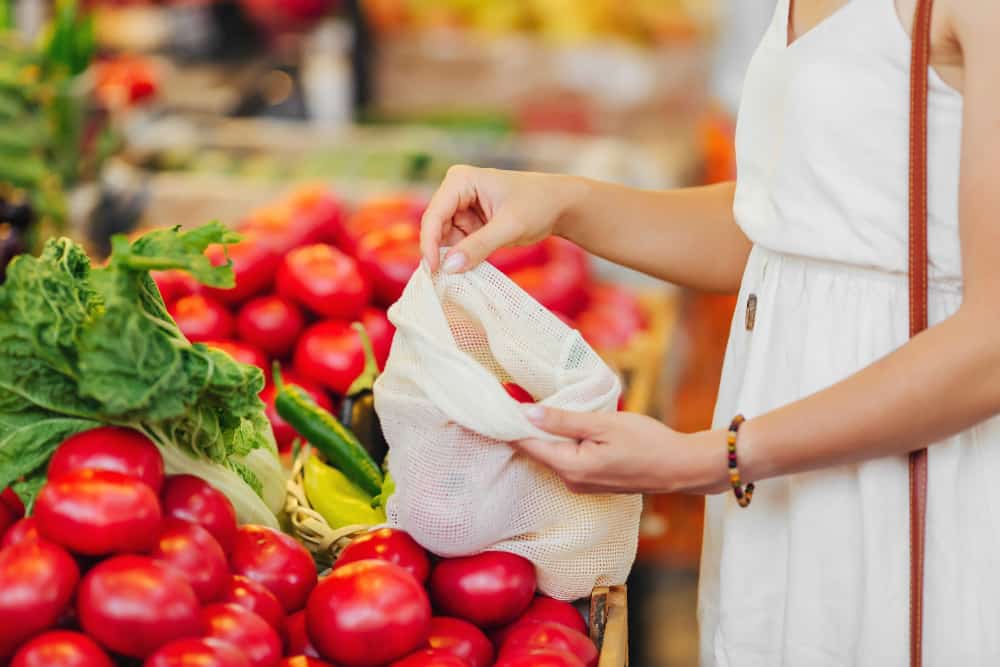
Just as for paper towels, the same rings true for transporting your market produce and store-bought goods back home.
Single-use bags are now becoming banned around the world, albeit at a slow rate.
Quite often, those single-use bags are being replaced by thicker plastic bags that can be reused for longer. While it may be a short-term solution, it definitely won’t cut it for the long run.
What can you do?
Choose strong bags made from non-plastic materials and set a wonderful example for the younger generation.
Above all, remember to take at least one shopping bag with you, every time you go out.
If you have a hard time remembering to take them back out to the car after you come in, place the empty bags directly in front of your door after you’re done unpacking groceries. This way you’ll have to pick them up to get out the door the next time you leave.
5. Glass Spray Bottles
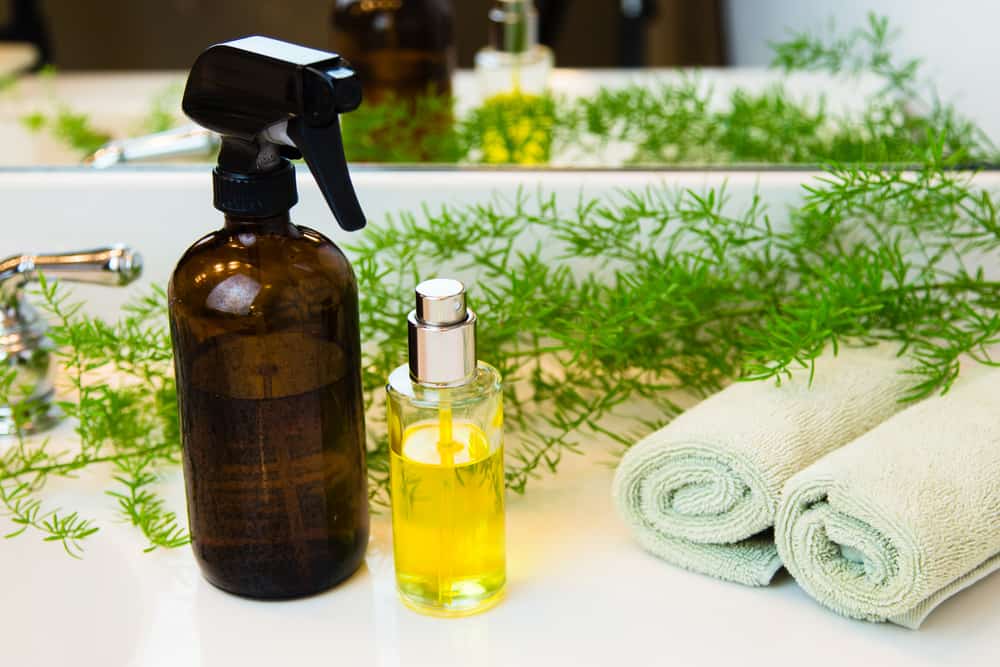
Once you start making your own natural cleaning products, there is no turning back to chemicals in plastic packaging from the store. Give this easyall-natural citrus cleanera try.
Unfortunately, this is a bit of a grey area, as the pump will still likely be plastic.
If you find a completely non-plastic spray bottle, please do let us know!
6. Plastic-free Coffee Filters

In order to enjoy the tastiest cup of coffee at home, you are going to have to avoid plastic at all costs.
This may mean changing the way you brew coffee.
Plastic-free coffee, and tea, can prove to be a challenge as drinks, in general, produce a huge amount of waste.
First, there is the packaging, the unrecyclable cardboard cups, stirrers, coffee pods… Then there is the coffee maker itself.
How to make your coffee plastic-free:
- Buy organic coffee beans in bulk.
- Grind at home, just enough for a week.
- Store coffee grounds in glass jar.
- Brew in a non-plastic coffee maker, perhaps with a reusable hemp filter?
- Enjoy in your favorite ceramic mug with homemade nut milk.
You may even wish totry roasting your own beansto achieve the perfect coffee. It’s deceptively easy and much cheaper too!
7. Wood and Stainless Steel Utensils
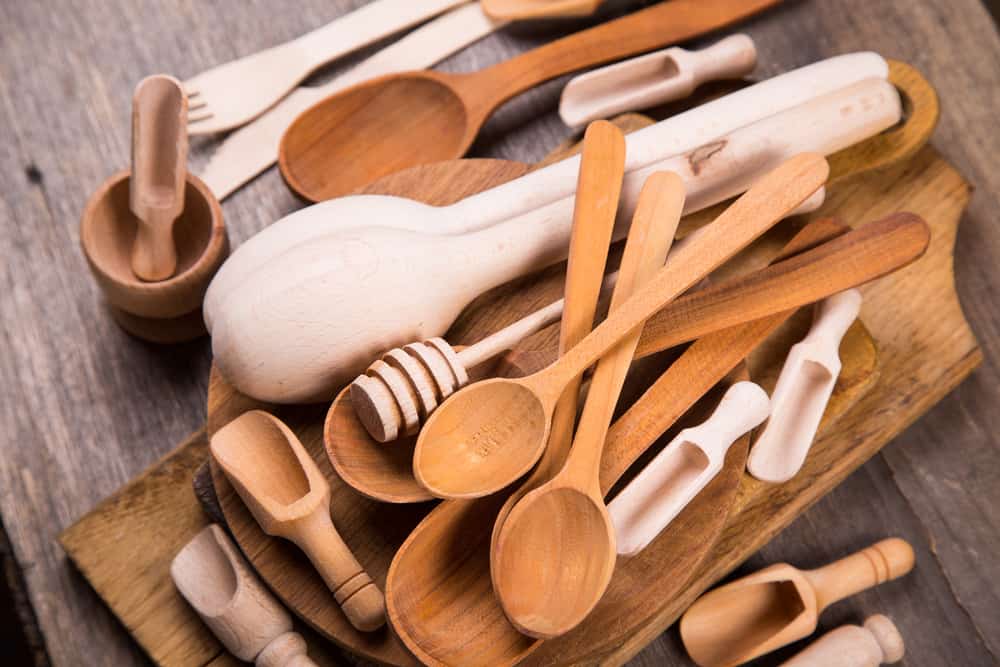
Anything that is now plastic, used to be made from some other material.
Let that sink in and wonder why plastic is so prevalent today.
As you get rid of plastic plates, cups and stirring spoons, return to items made of wood and metal. While you’re at it, don’t forget about swapping out that plastic funnel, for one made ofstainless steel.
It is an essential item in a zero-waste kitchen, where filling jars without spilling can become an art.
8. Cutting Boards
You wouldn’t think that cutting your food could be such a hotly debated topic, yet it is.
There are purists who believe that a cutting board should be no more than a solid piece of wood, with no glue whatsoever. Those made fromolive woodstand the true test of time, just in case you were wondering.
Bamboo cutting boardsare always an inexpensive option, though you will want to look into how the board is treated.
9. Plastic-free Sponges
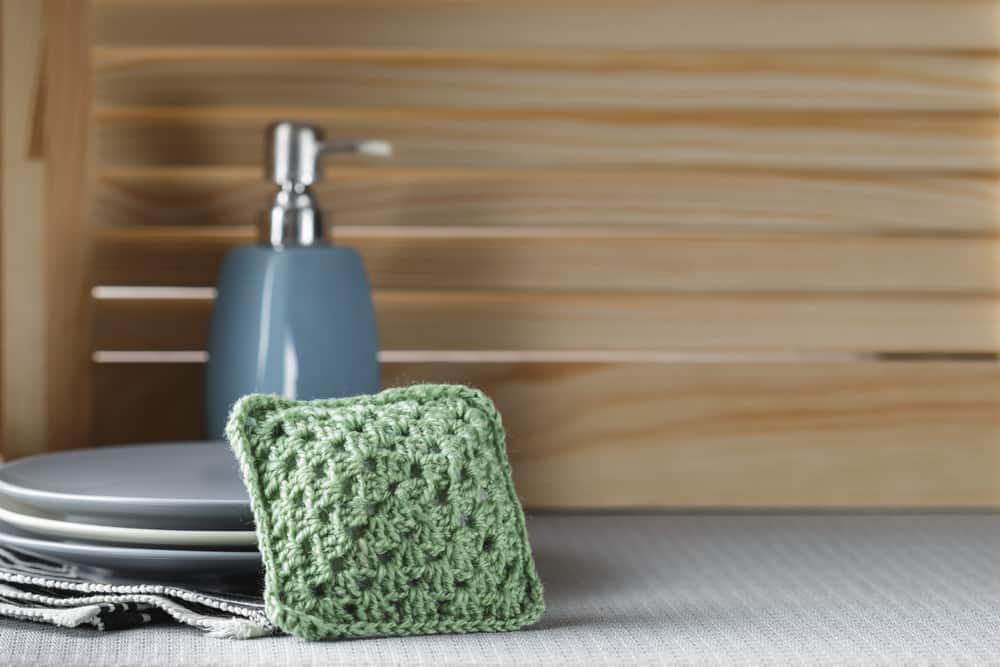
The ability to keep your kitchen and your dishes clean relies heavily on the humble sponge.
Without delving into the cleanliness of a sponge (it isn’t as clean as you think) a typical cellulose sponge with the scrubby part being made from nylon or polyester comes with a large footprint.
What are the plastic-free sponge alternatives?
- Loofah
- Knitted or crocheted dish cloths
- Bottle brushes made from wood, metal and natural bristles
- Copper scouring pad
10. Beeswax Wraps
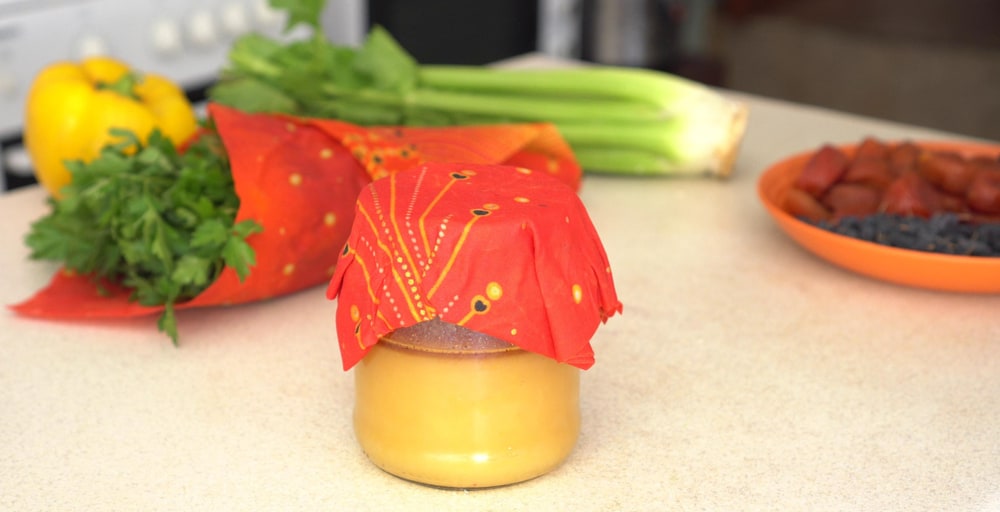
Finding analternative to plastic wrapisn’t always easy, yet it’s entirely possible.
And even though cling film seems like it has been around forever, it was created less than 80 years ago.
Knowing now, what we didn’t know then: that heat increases chemical transfers which can leach into food, and that plastic lasts for hundreds, if not thousands of years, in the environment, it is a wise choice to eliminate it from our lives.
Whether youmake your own beeswax wraps or shop for them onlineknow that you are doing something wonderful for your family and for the Earth.
It’s a win-win situation!
11. Compost
When dinner is done and ready, where do all the scraps go? To the trash which is lined with a plastic bag? Or to the compost bin?
The irony here is that most compost bins are made of plastic. So, it is a double challenge to find a plastic-free option that works for you.
If the thought of zero-waste is always on your mind, you may just find that astainless steel compost bin with a charcoal filterwill fit perfectly in your plastic-free kitchen.
12. Change Your Buying Habits
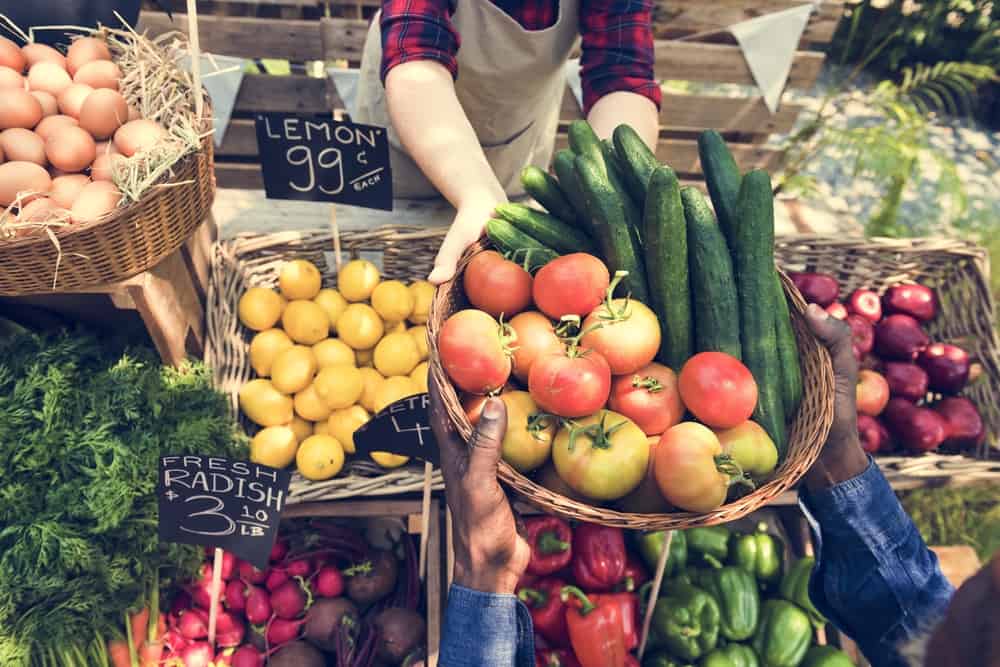
In the pursuit of a plastic-free kitchen, you’re going to have to get outside of your comfort zone, if only for a little while.
We get it, change is hard. It is also the thing that is necessary for our survival.
1.Avoid fresh fruits and vegetables pre-wrapped in plastic.
Bring your own cloth bags, or a basket, and refuse that flimsy bag that rips at a glance.
2.Shop at a farmer’s marketand invest in a locally produced harvest.
It has the benefit of fewer food miles and less packaging. Many farms will reuse berry boxes, and they will even encourage you to bring your own containers.
3.Write a grocery list.
Forget about impulse items, they tend to be wrapped in plastic. Instead, know exactly what you are after and eliminate the waste of plastic, money and food.
4.Buy in bulk.
Bring your own non-plastic containers (cloth bags, metal containers, baskets etc.) and embrace the freedom that comes with shopping plastic-free.
The reality of a plastic-free kitchen

A plastic-free kitchen is neither a hard, complicated nor an expensive goal to achieve.
Simple swaps will be easy on your budget, as well as the planet.
You’ll even have the opportunity to share your plastic-free knowledge along the way, with all of those who care to listen.
Is it a beautifully simplistic plastic-free kitchen that you desire?
Start dreaming and creating it today, as you discover a renewed sense of plastic-freedom!
Pin This To Save For Later

